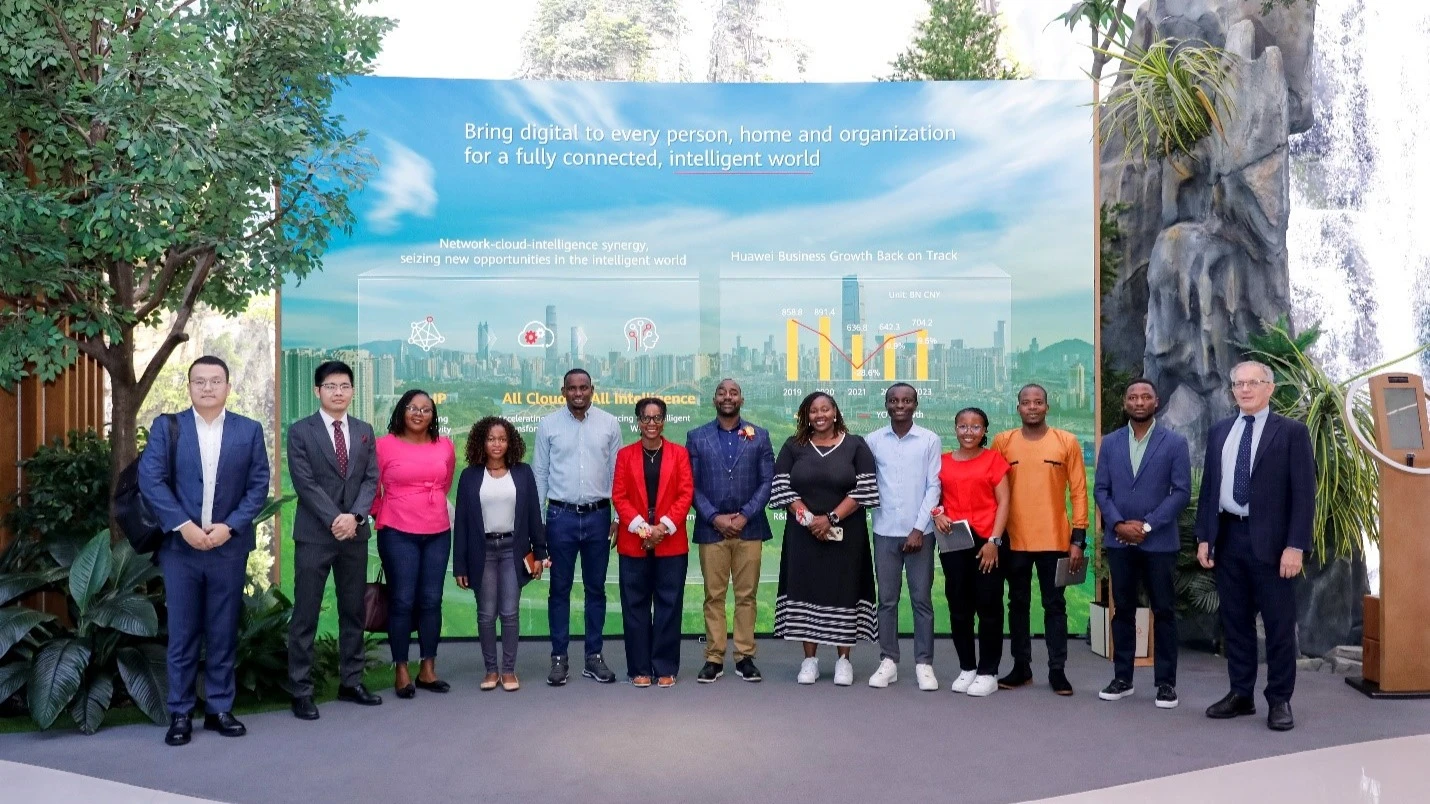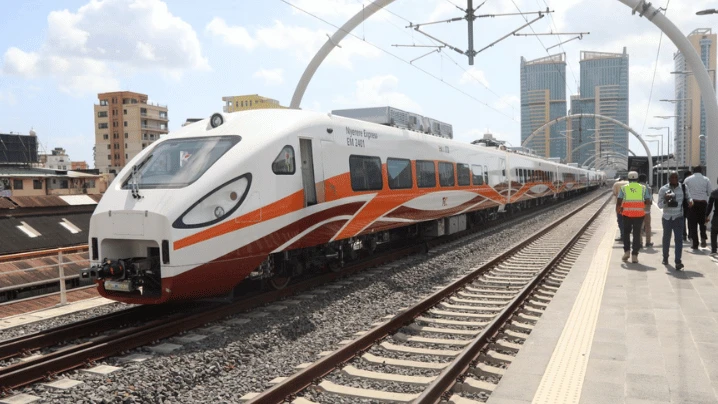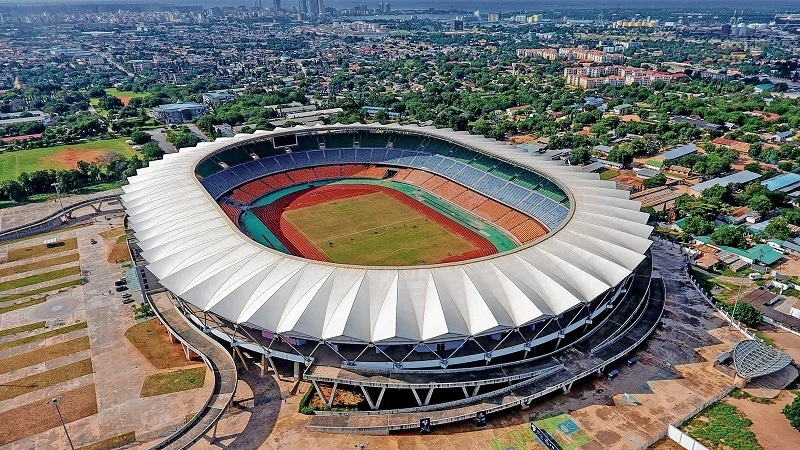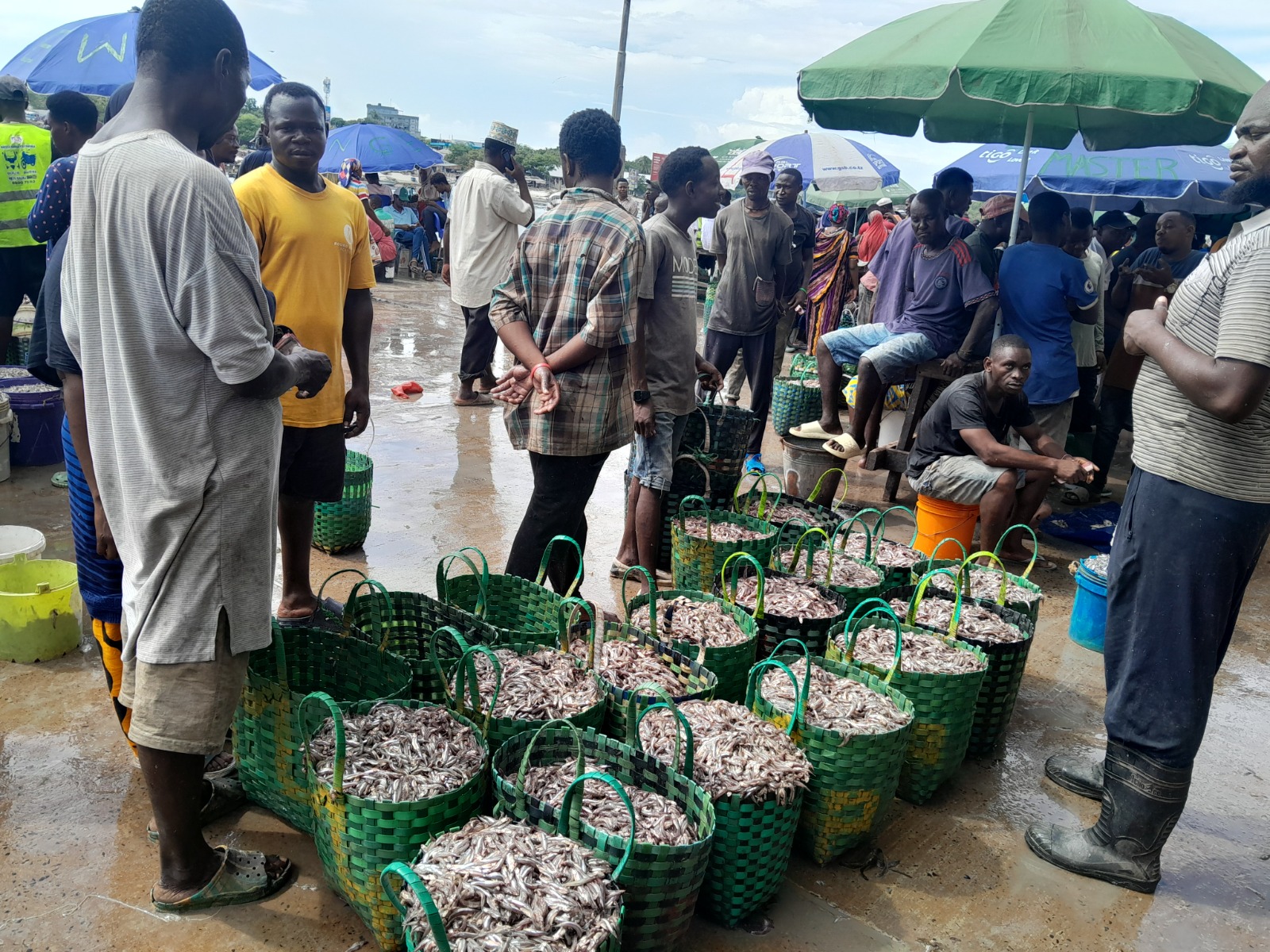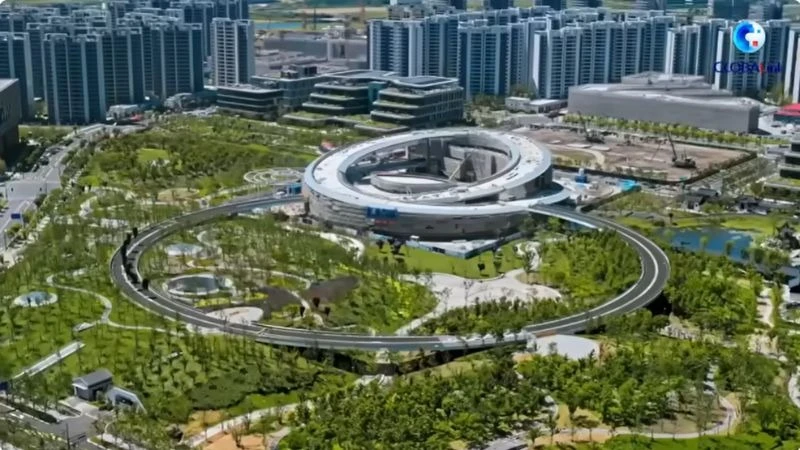Tanga port gets new warehouse facility
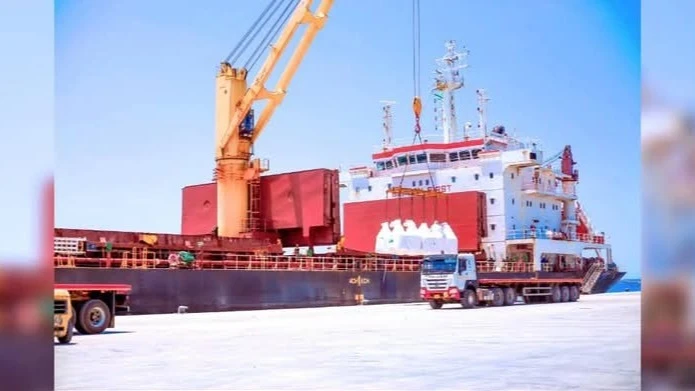
SIMBA Supply Chain Solution Limited is expanding its service offerings to customers at the Port of Tanga with a significant investment in state-of-the-art warehousing facilities.
The company has acquired 100,000 square meters of land to construct modern storage warehouses, enhancing its logistics capacity.
The company’s manager, Awadh Massawe, shared that in addition to the new warehouses, Simba has also invested in advanced equipment to improve its operations.
Warehousing facilities are pivotal in logistics networks, serving as key nodes for managing the flow of information and goods.
He said those during a recent event marking the arrival of the MV White Wanderer at Tanga Port, which carried 7,000 tons of Ammonium Nitrate, Massawe highlighted the importance of these developments.
The cargo, brought in by Simba Supply Chain Solution, originated from Russia and is being distributed across Tanzania, the Democratic Republic of Congo (DRC), and Uganda.
Massawe also spoke about the company's concerted efforts in market expansion over the past five years.
He noted that even before the port's rehabilitation, Simba had been actively working to attract customers.
"The marketing efforts would not have yielded results if the port had not undergone renovations," Massawe said.
He further urged stakeholders to take advantage of the Port of Tanga, emphasizing that the port is less congested, equipped with modern facilities for cargo handling, and operational efficiency is high.
"We continue to advise our customers and other stakeholders to use the Port of Tanga for their cargo shipments. We’ve strengthened our operations by acquiring advanced equipment for handling goods," Massawe added.
Simba Supply Chain Solution currently operates a warehouse at Tanga Port, owned by the Port Authority.
Due to its extensive customer base both locally and internationally, the company receives approximately two ships each month, which is still insufficient to meet growing demand.
In a related development, last week, the Parliamentary Committee on Infrastructure advised the Port Authority to allocate a portion of its revenues to invest in land resources, as the value of land appreciates daily.
Committee Chairman Selemani Kakoso made these remarks during a debriefing session at the Tanga Port offices.
Kakoso noted that since the completion of the port’s rehabilitation six months ago, revenue has surged by approximately 40bn/- with projections indicating that this figure could rise to 100bn/- over the next year.
"We, as the parliamentary committee, are pleased with the future plans of the Port Authority. You have envisioned expanding the integration of rail, road, and port systems for sustainable projects," he added.
Kakoso also urged the Port Authority to reserve funds for land investments to further expand their operational areas, particularly in light of a significant upcoming project – the construction of an oil pipeline.
Once operational, this pipeline will benefit countries such as Rwanda, Burundi, and Uganda, all of which will rely on Tanga Port.
Port infrastructure consists of a variety of facilities and assets necessary for the efficient handling, storage, and transportation of cargo within a port. From berths and terminals to storage yards and logistics facilities, each component plays a crucial role in facilitating smooth maritime trade.
Top Headlines
© 2025 IPPMEDIA.COM. ALL RIGHTS RESERVED



